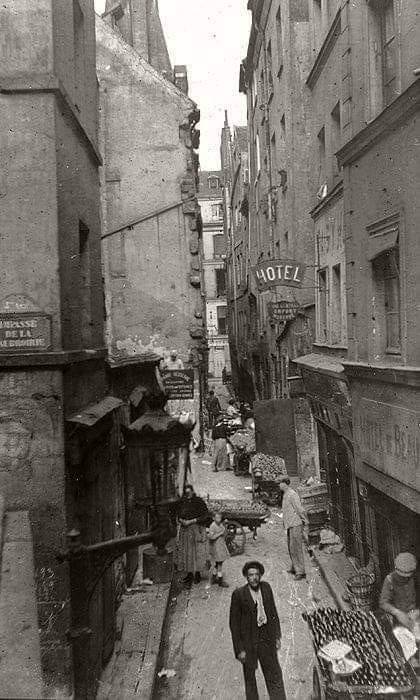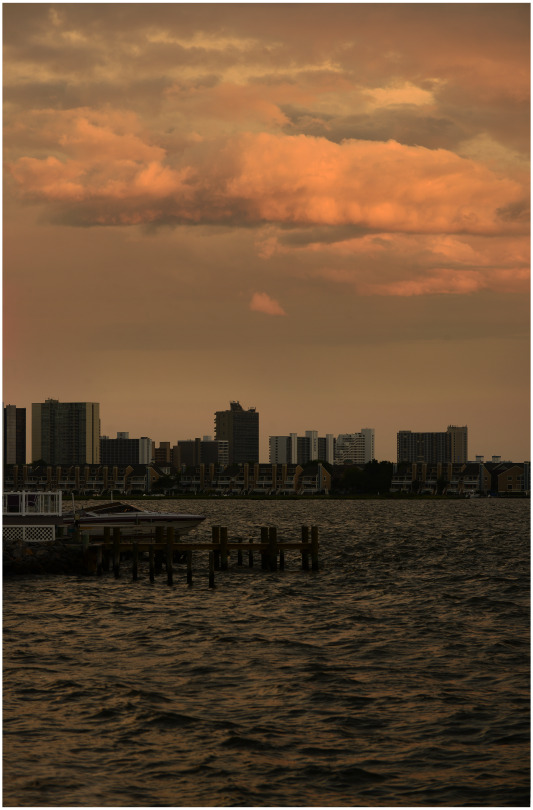Text

The beautiful baroque azulejo panel from the Convent of Saint Anthony, in Alter do Chão. The panel is from the XVIII Century, but the church itself is from the previous century.
#Convent of Saint Anthony#Church of Saint Anthony#Convento de Santo António#Igreja de Santo António#Tiles panel#Painel de azulejo#Alter do Chão#Alto Alentejo#Alentejo#Portugal#Original photo#photography#photographers on tumblr
1 note
·
View note
Text
Loneliness digs itself down like a well
until it reaches a great silence,
at the center of a word never uttered
but imagined by death.
— Jorge Meretta, Contemporary Uruguayan Poetry: A Bilingual Anthology, transl by Ronald Haladyna, (2010)
12 notes
·
View notes
Text
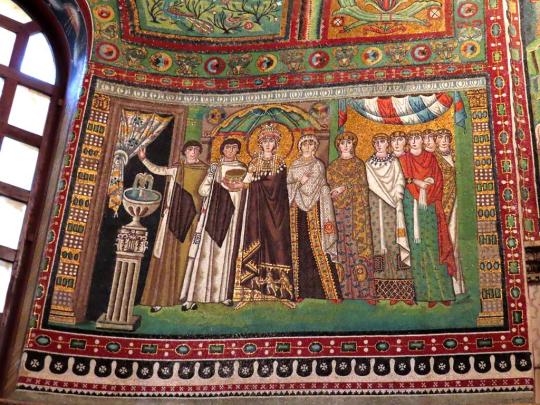
Empress Theodora appears in a 6th century Byzantine mosaic in the Basilica di San Vitale, Ravenna, Italy. In contrast to the saintly depiction here, Theodora has been accused of sinful behaviour in her time.
8 notes
·
View notes
Text
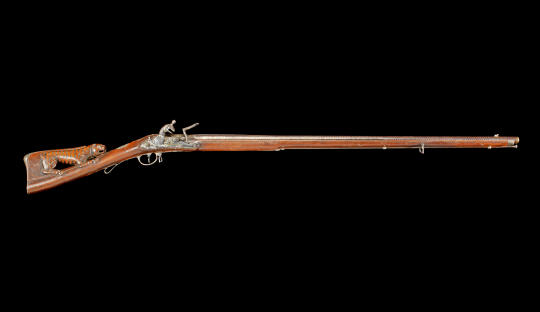



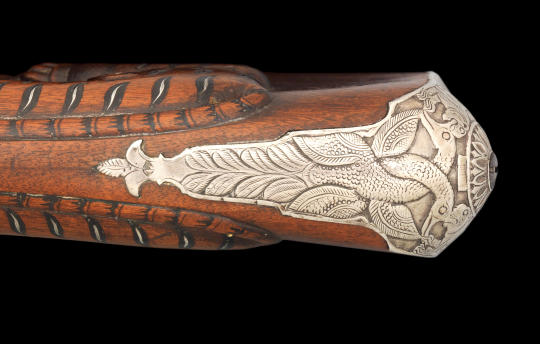

Flintlock sporting gun from the armory of Tipu Sutlan, Kingdom of Mysore, India, dated 1793-1794
from Bonhams
176 notes
·
View notes
Text

Thomas Mann, from “Death in Venice”, originally published c. 1912.
3K notes
·
View notes
Video
Netherlands - “Half Moon” Replica Ship at Hoorn von Jim Paton
Über Flickr:
The Halve Maen (Half Moon) was a Dutch East India Company vlieboot (similar to a carrack) which sailed into what is now New York Harbour in September 1609. She was captained by Henry Hudson, an Englishman in the service of the Dutch Republic, and was commissioned to covertly find a passage to China. Modern day Hudson River and Hudson’s Bay are named after Henry Hudson. This replica ship was built in 1989 and in this image it is sailing into Hoorn Harbour in the Netherlands to dock beside our vessel.
147 notes
·
View notes
Text
Silence is a fragment of eternity.
— Enrique Fierro, Contemporary Uruguayan Poetry: A Bilingual Anthology, transl by Ronald Haladyna, (2010)
16 notes
·
View notes
Photo

Helen (Play)
Helen is a Greek tragedy by Euripides (c. 484-407 BCE). It is usually thought to have first been performed at the Great Dionysia of 412 BCE and was part of the trilogy that included Euripides’ lost Andromeda. Helen recounts an unusual version of the myth of Helen of Troy in which a phantom decoy, an eidolon, replaces Helen in Troy while the real Helen awaits the end of the Trojan War in Egypt. Ever since its first performance, Euripides’ Helen has puzzled and fascinated: in his Thesmophoriazusae, performed the year after Euripides’ Helen, Greek comedy playwright Aristophanes would parody the “new Helen” (line 850). To this day, scholars continue to debate many aspects of Euripides’ Helen, including its jarring juxtaposition of the comic and the devastating, its contemporary relevance, and its message about the nature of truth and reality.
Euripides
Born around 484 BCE, Euripides was the youngest of the three Athenian tragedians regarded as “canonical” since antiquity (the other two are Aeschylus and Sophocles). Of the 90 or so plays he composed during his lifetime, 18 survive in full (one of the tragedies transmitted under his name, Rhesus, is almost universally regarded as spurious). There are thus more surviving plays by Euripides than by Aeschylus and Sophocles put together, demonstrating that after his death Euripides soon eclipsed his two predecessors in popularity.
Little enough is known about Euripides’ life, and what little information we have is obscured by fable and fancy. He was born to a family of hereditary priests on the island of Salamis, near Athens. He was said to have married twice, though both marriages ended acrimoniously. From one of his marriages, he had three sons, one of whom became a tragedian too. Above all, Euripides was reputed to have been a recluse, famously living in a cave in Salamis (which became a shrine to him after his death). Eventually, he retired to the court of King Archelaus of Macedon, where he died in 406 BCE.
Euripides is best known to us through his plays. These were performed at various festivals, chiefly the Dionysia and Lenaia, at huge outdoor theaters. Most of Euripides’ plays were performed at Athens for audiences of locals and tourists, though some of his works would have been produced elsewhere: in Macedon, where Euripides spent the last years of his life, or Sicily, where he was apparently very popular. Even during his own lifetime, Euripides was known as the most adventurous and avant-garde of the great tragedians. This did not always translate to success, however. Over a career that spanned half a century (Euripides produced his first trilogy around 455 BCE and continued to compose tragedies until his death) Euripides won the first prize just four times during his life (a fifth time posthumously). On the other hand, Aeschylus was said to have been victorious 13 times and Sophocles 18. Euripides’ tragedies – full of desperation, novelty, and relentless questioning – were sometimes regarded as sensational and even impious. But Euripides’ fame and popularity grew after his death while that of Aeschylus and Sophocles declined. Today there are those that think of Euripides as the greatest of the Athenian tragedians.
Continue reading…
65 notes
·
View notes
Text

Mary Oliver, from Long Life: Essays And Other Writings originally published in 2004
10K notes
·
View notes
Text

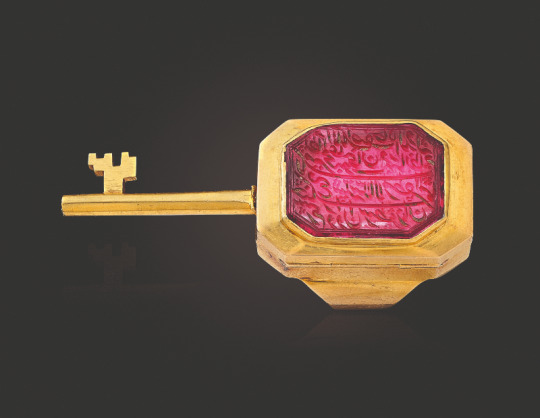
Gold ring with spinel seal and hidden key, India, mid to late 19th century
from Christies
510 notes
·
View notes
